USS Salt Lake City
Commissioned in 1929, the USS Salt Lake City played a central role in the Pacific theater of World War II. From the Doolittle Raid to Iwo Jima, the Salt Lake City participated in many noteworthy campaigns. We honor the ship’s brave crew and their sacrifices by sharing this remarkable story.
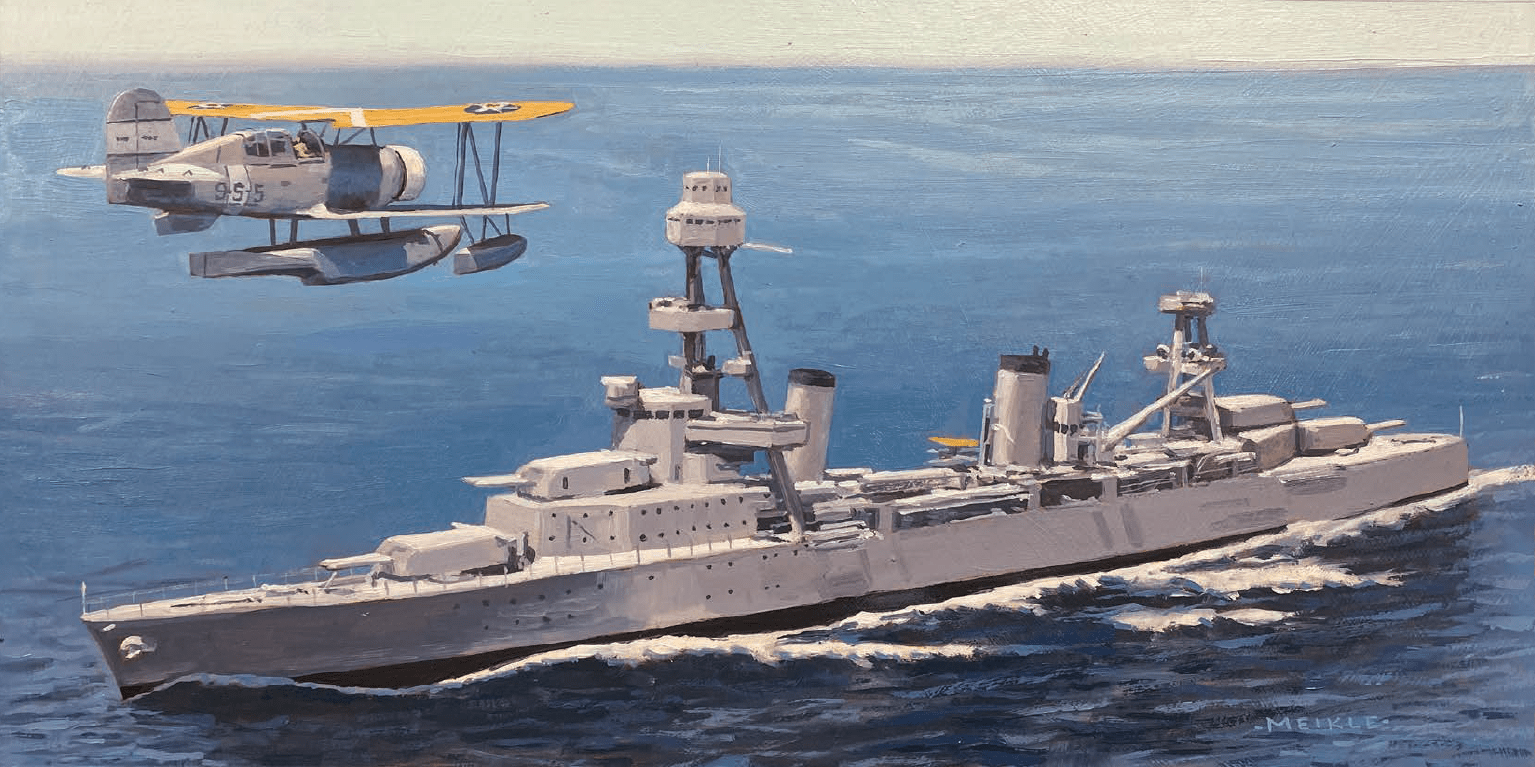
Before The Storm.
When commissioned in 1929, the USS Salt Lake City was one of the fastest in the fleet. By 1941, the cruiser was heavily modified and was at sea accompanying the carrier USS Enterprise as it was delivering a Marine fighter squadron to Wake Island when Pearl Harbor was attacked. Skill and a little luck allowed the ship to survive World War II.
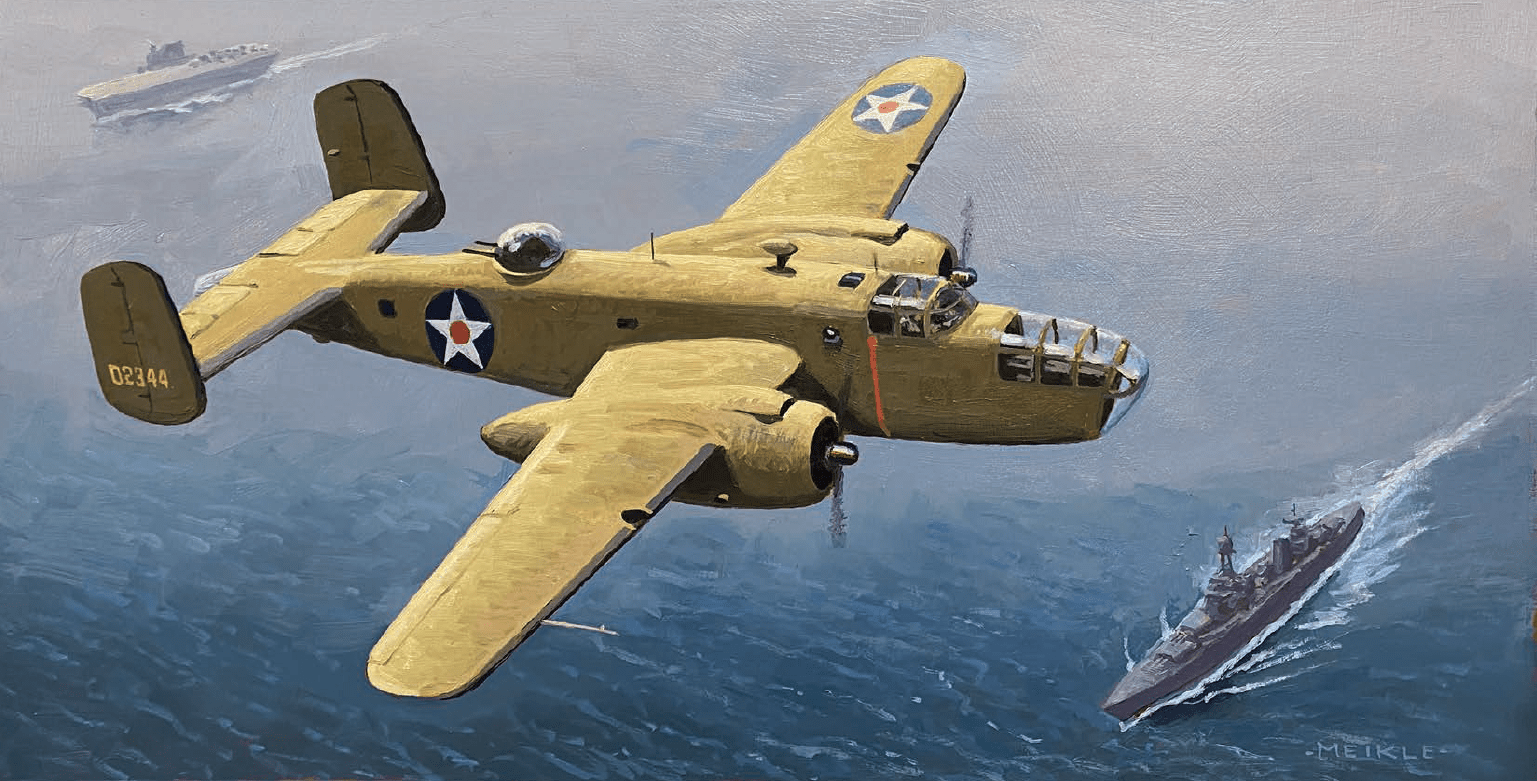
The Early Raids.
The USS Salt Lake City was part of a task force lead by Admiral William Halsey that raided the Marshall Islands in February 1942. It is credited with being the first ship to fire on Japanese-held territory. The ship opened fire on Wotje Island a few seconds before other American vessels. The Salt Lake City also shelled enemy occupied Wake Island on February 24th. Wake Island fell in December 1941 after a heroic two-week defense by US Marines and civilian contractors.
The cruiser stayed with Halsey’s task force and participated in the famous “Doolittle Raid”. The USS Hornet launched Army medium bombers commanded by Col. Jimmy Doolittle to attack Tokyo and other targets on the Japanese mainland. Real names of the ships were not used, so war correspondent Robert J. Casey nicknamed the ship “Swayback Maru” (maru is Japanese for “ship”). Good color footage of the cruiser and the aircraft launching from Hornet was filmed from the Salt Lake City.
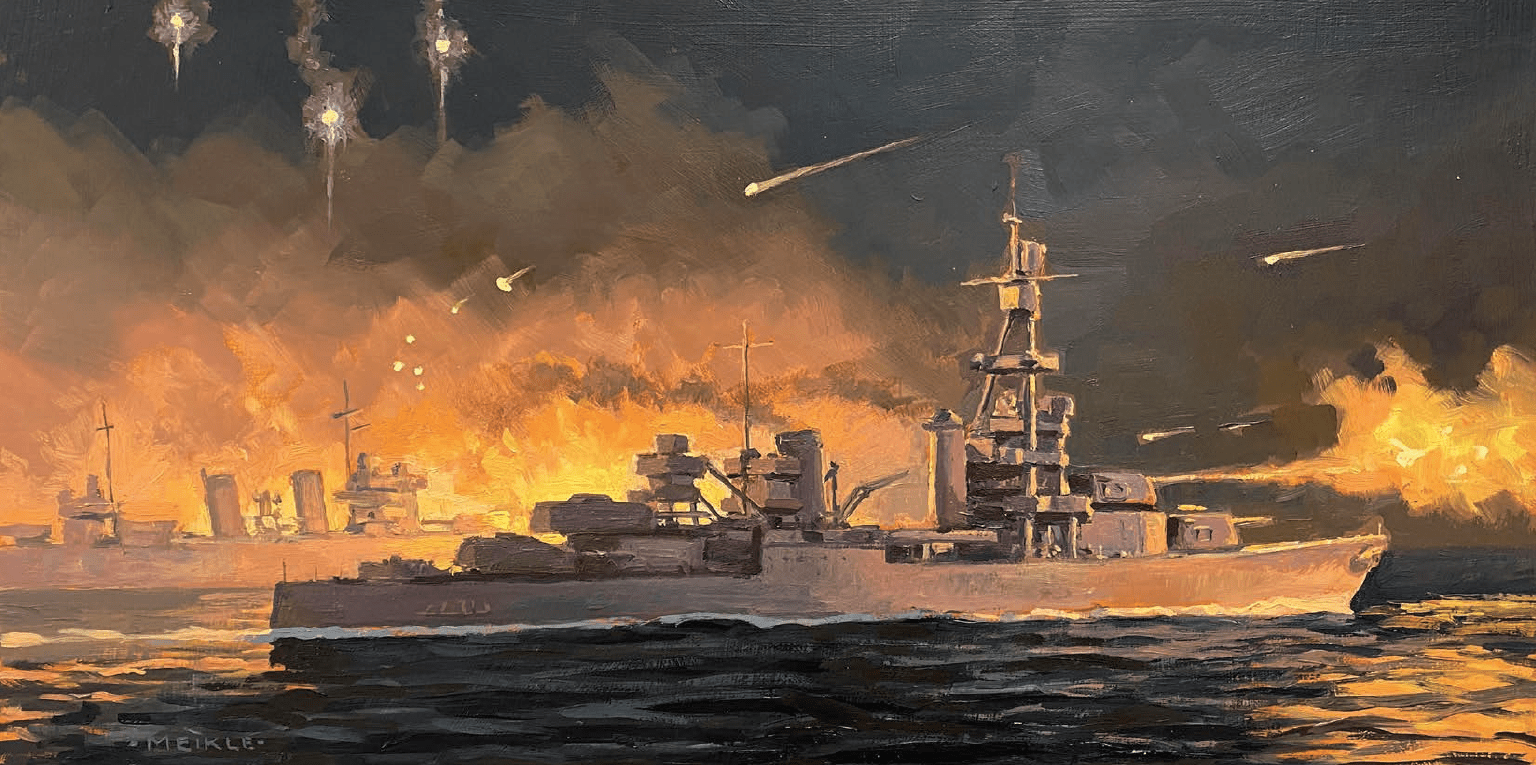
Battle of Cape Esperance.
The Salt Lake City participated in the Guadalcanal campaign in the Solomon Islands. The Battle of Cape Esperance was fought on October 11, 1942 and was one of four major surface actions fought by the US Navy in defense of the Marines holding Henderson airfield on Guadalcanal. It was at this battle that the ship was nicknamed “the one-ship fleet” because it had taken so many hits and delivered so many in return.
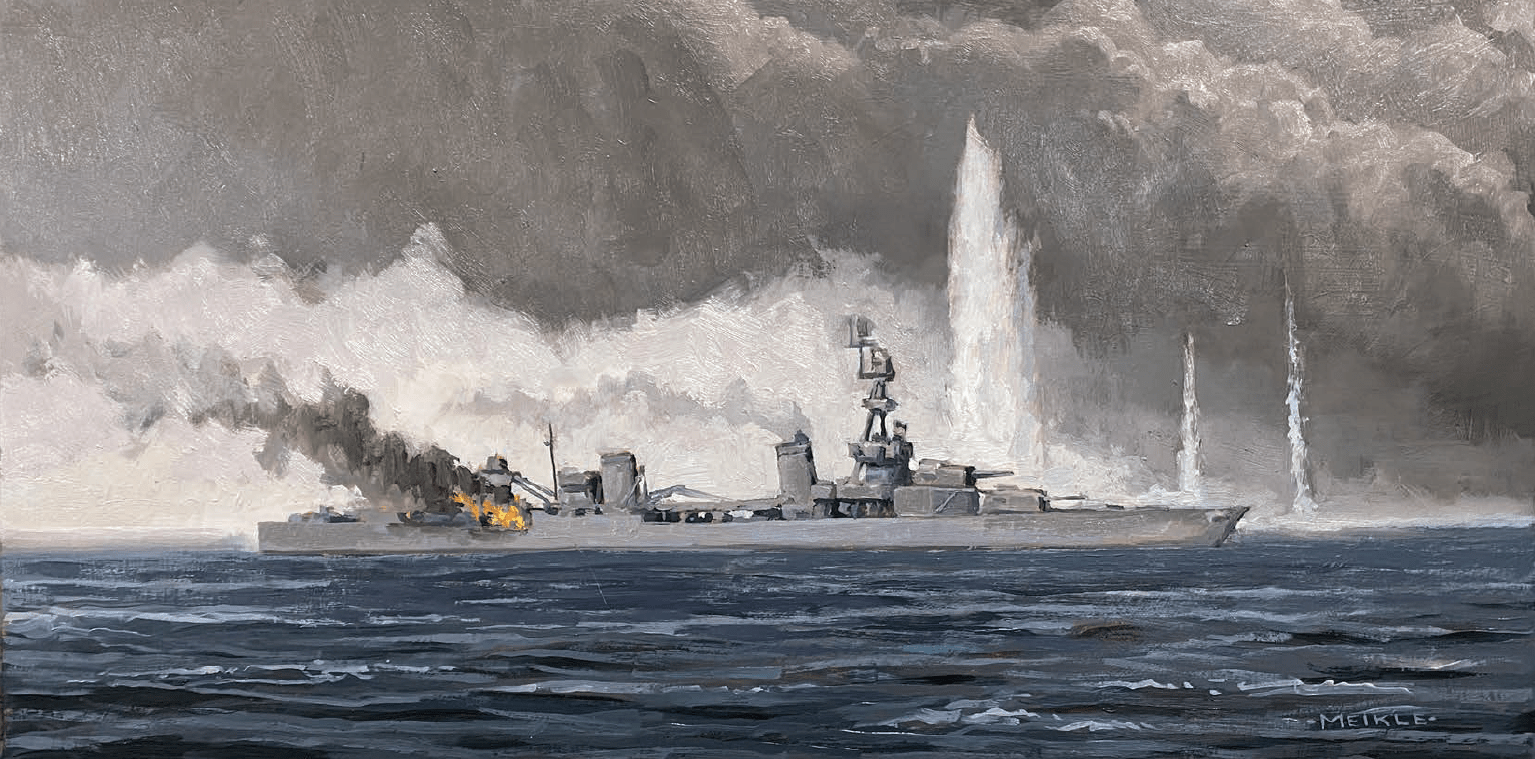
Battle of the Komandorski Islands.
The next battle for the cruiser was in the Northern Pacific as part of the Aleutian Islands Campaign. The Battle of the Komandorski Islands was fought on March 26, 1943 and found the American ships outnumbered two to one as they tried to stop an enemy convoy of reinforcements headed to occupied Attu and Kiska islands. The Salt Lake City suffered heavy damage and looked as if it was going to be sunk as her boilers stopped and she lay dead in the water with enemy cruisers advancing. Thanks to a heroic defense by American destroyers and the Salt Lake City engineers restarting the engines, the enemy fleet retreated. The enemy attempt to resupply their troops in the Aleutians failed and the Salt Lake City later covered the liberation of Attu and Kiska.
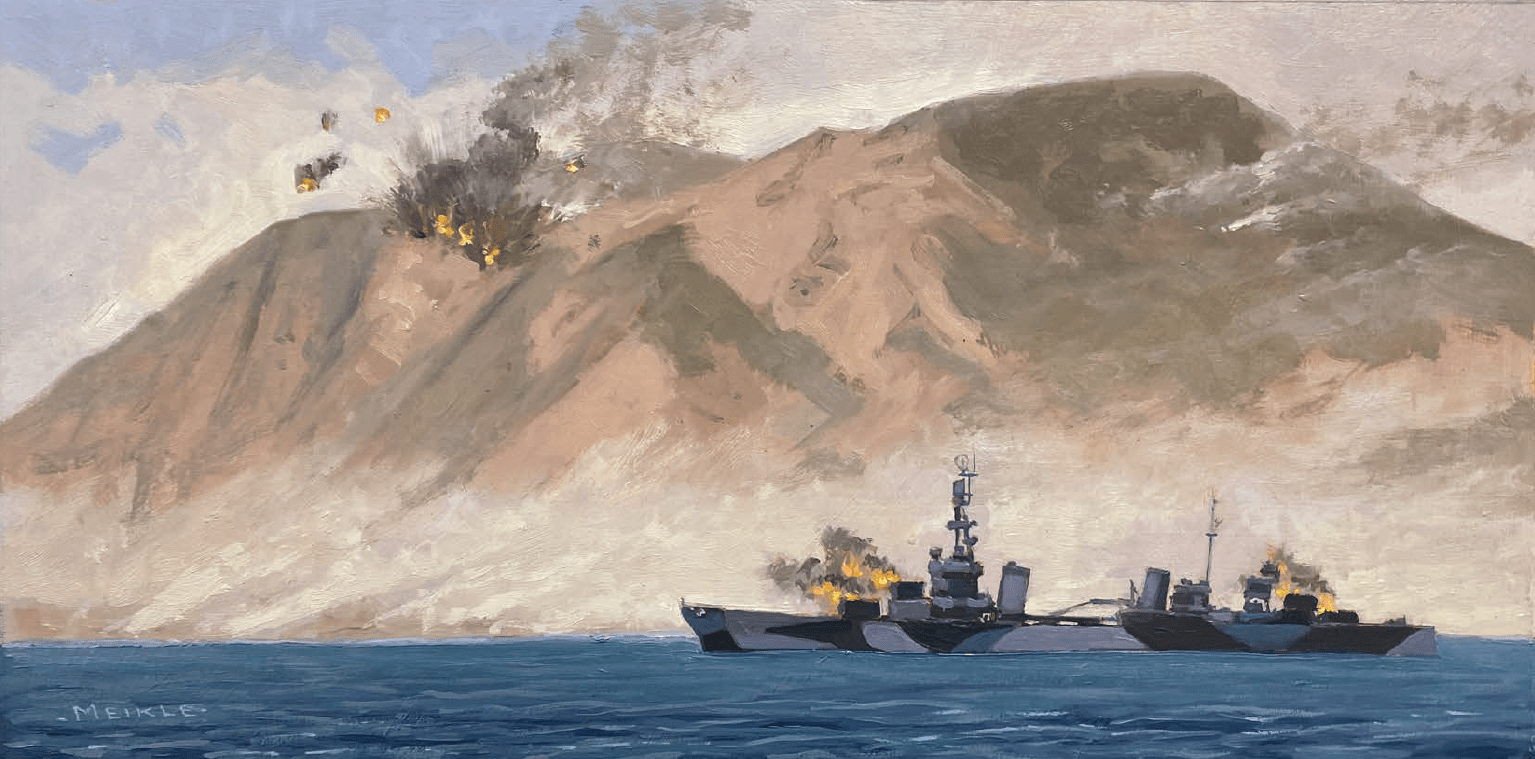
Supporting the Troops Across the Pacific.
The Salt Lake City spent the rest of the war bombarding enemy island defenses as part of the island-hopping campaign across the Central Pacific. The cruiser supported amphibious landings in the Gilberts (Nov. 1943), Marshalls (Jan.-Feb. 1944), Philippines (Oct. 1944), Iwo Jima (Feb-Mar. 1945), and Okinawa (April-May 1945) campaigns.
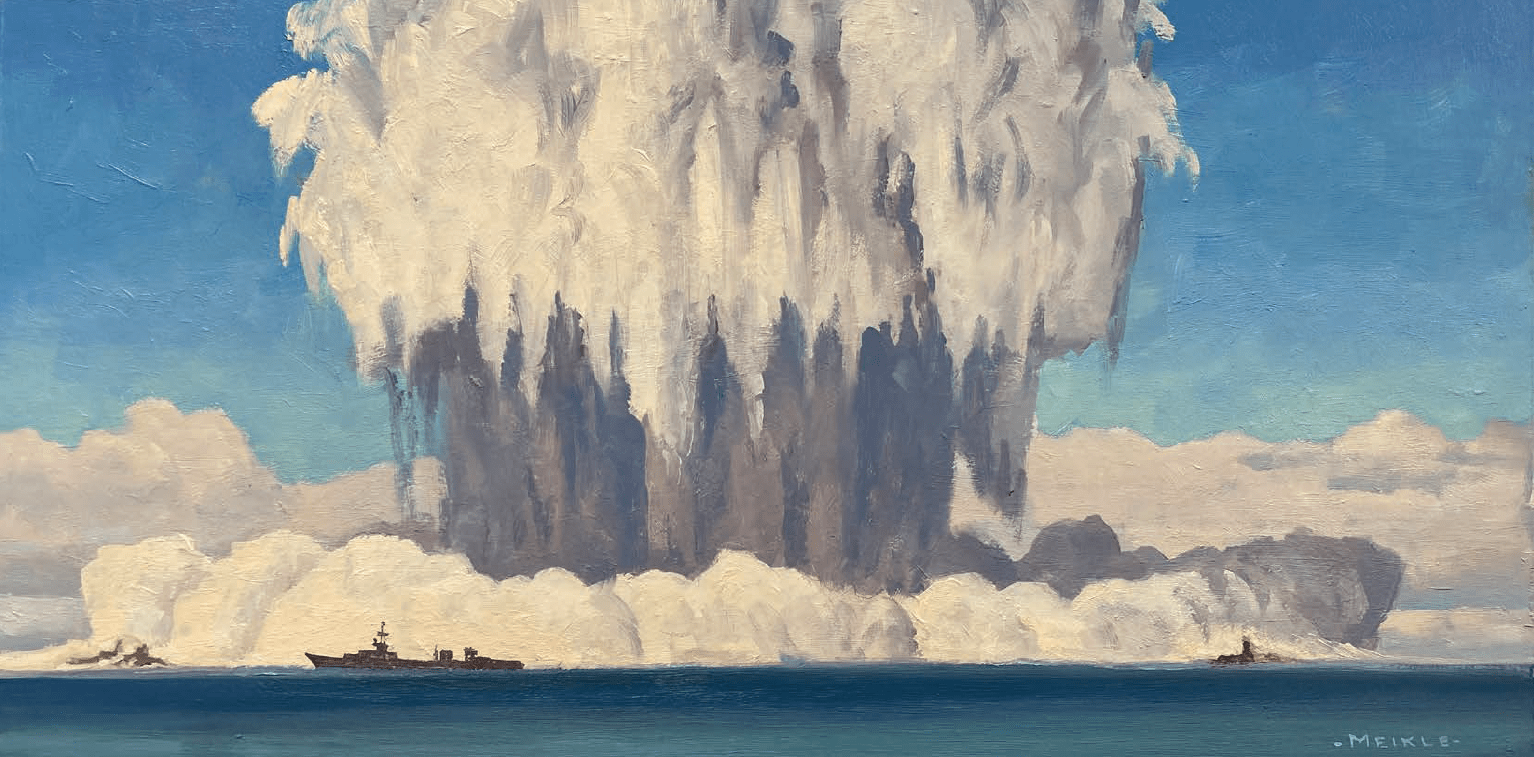
Atomic Testing.
At the close of the war, the USS Salt Lake City was used to return Pacific veterans to the US and was subsequently deactivated. She survived two atomic bomb blasts as part of a test fleet at Bikini Atoll in 1946 and decommissioned. The ship was sunk as a target hull on May 25, 1948 off the coast of Southern California.
